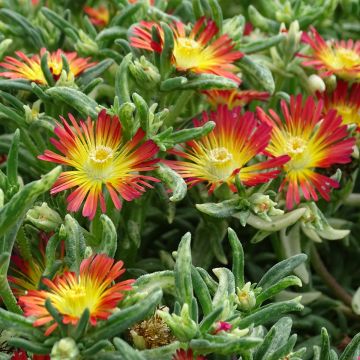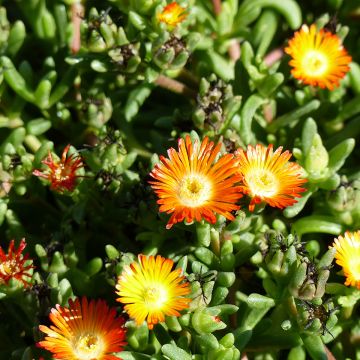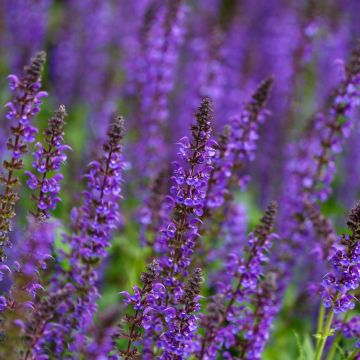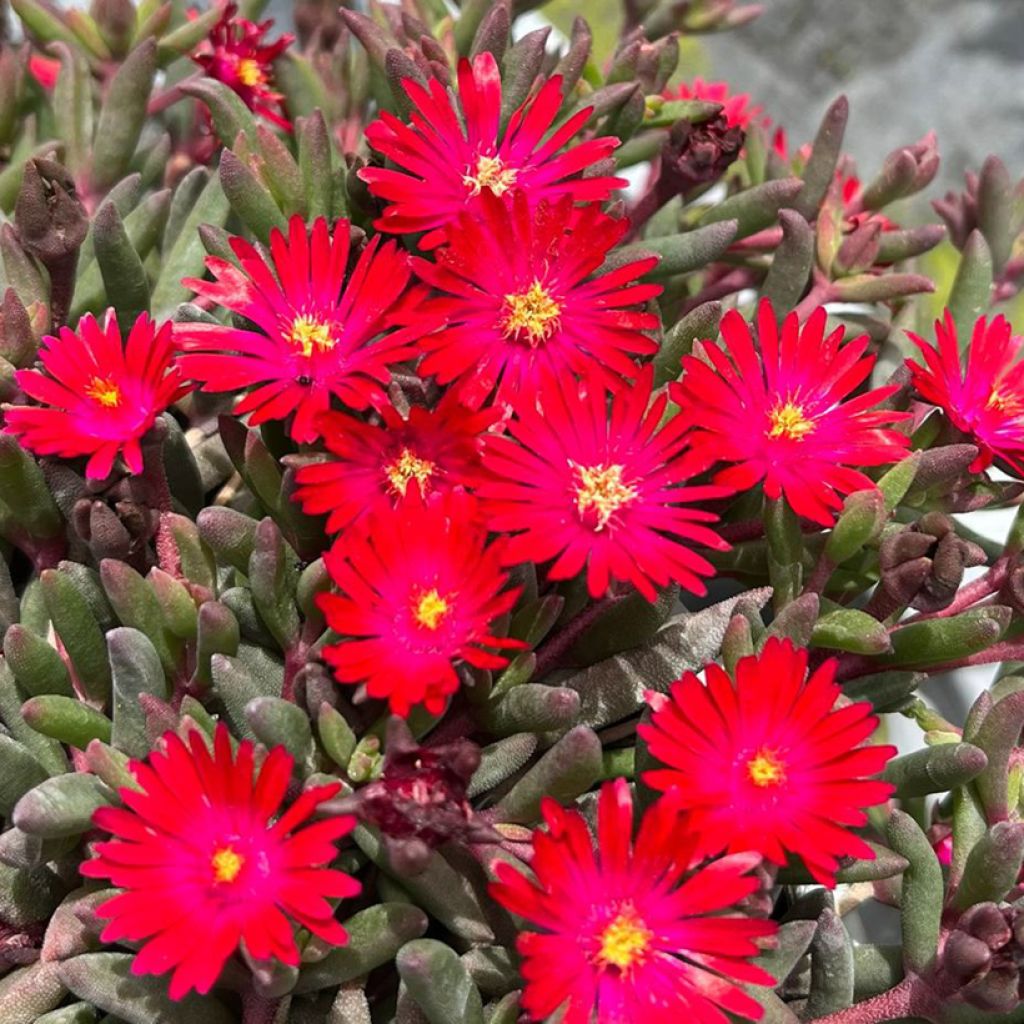

Delosperma Desert Dancers Red - Ice Plant
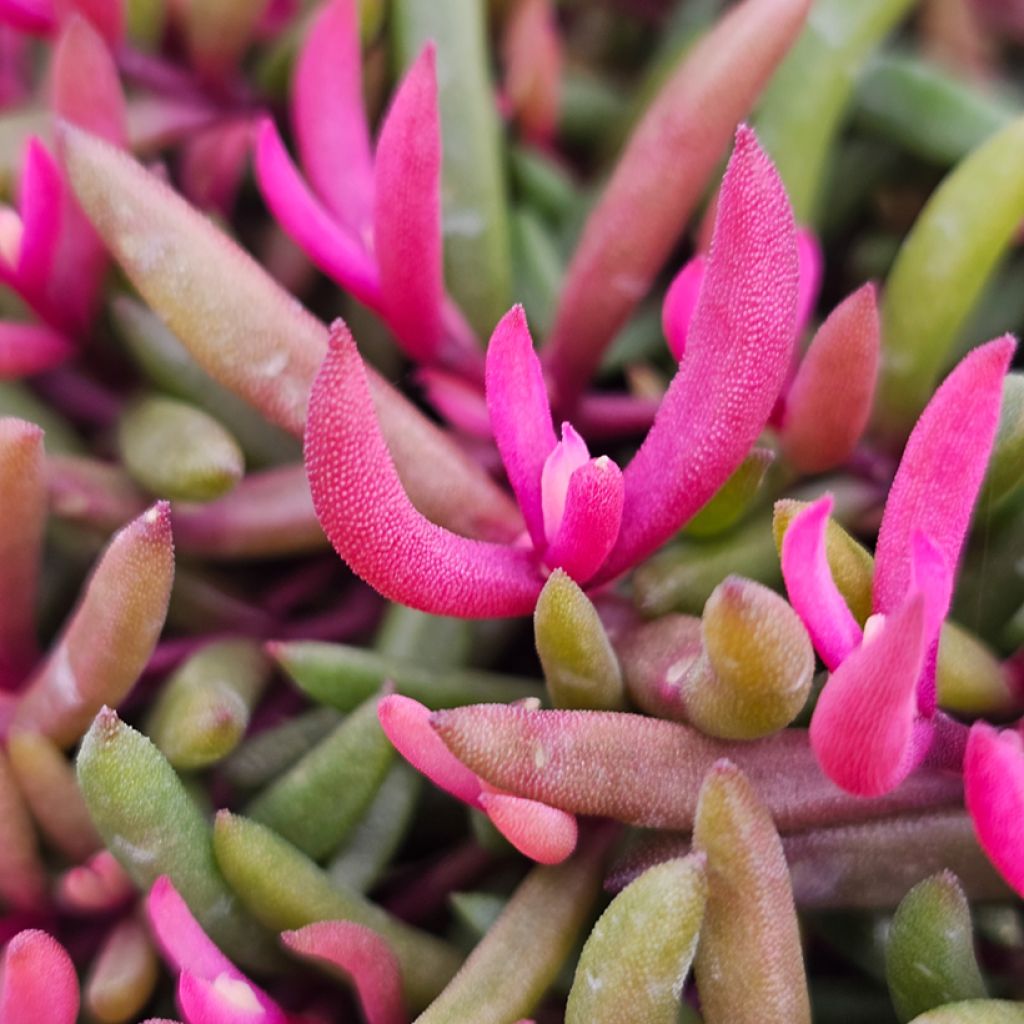

Delosperma Desert Dancers Red - Ice Plant


Delosperma Desert Dancers Red - Ice Plant


Delosperma Desert Dancers Red - Ice Plant
Delosperma Desert Dancers Red - Ice Plant
Delosperma Desert Dancers Red ('FSDD2112'PBR) EU 20240126
Ice Plant, Trailing Ice Plant
The plants arrived destroyed after 13 days of transport in very small and tight boxes. If Promesse des Fleurs treats customers like the plants, I do not recommend buying.
Irma, 02/07/2024
Special offer!
Receive a €20 voucher for any order over €90 (excluding delivery costs, credit notes, and plastic-free options)!
1- Add your favorite plants to your cart.
2- Once you have reached €90, confirm your order (you can even choose the delivery date!).
3- As soon as your order is shipped, you will receive an email containing your voucher code, valid for 3 months (90 days).
Your voucher is unique and can only be used once, for any order with a minimum value of €20, excluding delivery costs.
Can be combined with other current offers, non-divisible and non-refundable.
Home or relay delivery (depending on size and destination)
Schedule delivery date,
and select date in basket
This plant carries a 12 months recovery warranty
More information
We guarantee the quality of our plants for a full growing cycle, and will replace at our expense any plant that fails to recover under normal climatic and planting conditions.
Would this plant suit my garden?
Set up your Plantfit profile →
Description
Delosperma Desert Dancers 'Red' is a new cultivar of Delosperma that stands out for its intensely coloured foliage. Dense, tight, succulent, and dark green, it is strongly tinged with purple-red in summer. The bright red flowers with a small yellow center bloom relentlessly in summer, even in hot and intense sunlight. With a well-rounded cushion habit, this perennial thrives in warm climates and forms beautiful colored tillers between June and October, even in dry and poor soil, in borders, pots, and green roofs.
Delosperma belongs to the family of Aizoaceae. Cousins of Mesembryanthemum, they are perennials native to South Africa, East Africa, and Madagascar, perfectly suited for hot and dry climates. They settle between stones, paving slabs, or on a dry slope, as long as they find some substrate. The Desert Dancers series offers classic hardiness for a delosperma, around -10 to -12°C, in well-drained soil. If your region experiences such or lower temperatures, place it in a pot or container that you can bring indoors during winter.
Desert Dancers 'Red' Purslane has trailing, ramified stems that easily root, colonising the space up to 1m wide under favourable conditions. They bear small, succulent, dark green cylindrical leaves in spring. These leaves are sessile (without petiole), very fleshy, warty, and measure about 3cm. In summer, the foliage becomes strongly purple-red. The vegetation forms a small tiller 10 to 15cm in height that is covered with flowers grouped in cymes. Each flower has a corolla of fine ligules colored bright red, surrounding a yellow eye. The flowering period extends over a long period, bringing vibrant colors to neglected areas.
Delosperma Desert Dancers 'Red' thrives in a very sunny exposure, above walls, in rockeries, or in pots on the patio or balcony. Its trailing vegetation can also cascade from a hanging basket that you can bring indoors during winter if necessary. It is an excellent rockery plant. It pairs well with Sedums, Dianthus, Osteospermum, and Wall Bellflowers. Alternatively, plant it as an evergreen groundcover with plants with similar needs, such as Stachys or Valerian. Containers composed of different varieties allow you to create a dense, colorful foliage carpet for long months with minimal maintenance.
Report an error about the product description
Delosperma Desert Dancers Red - Ice Plant in pictures


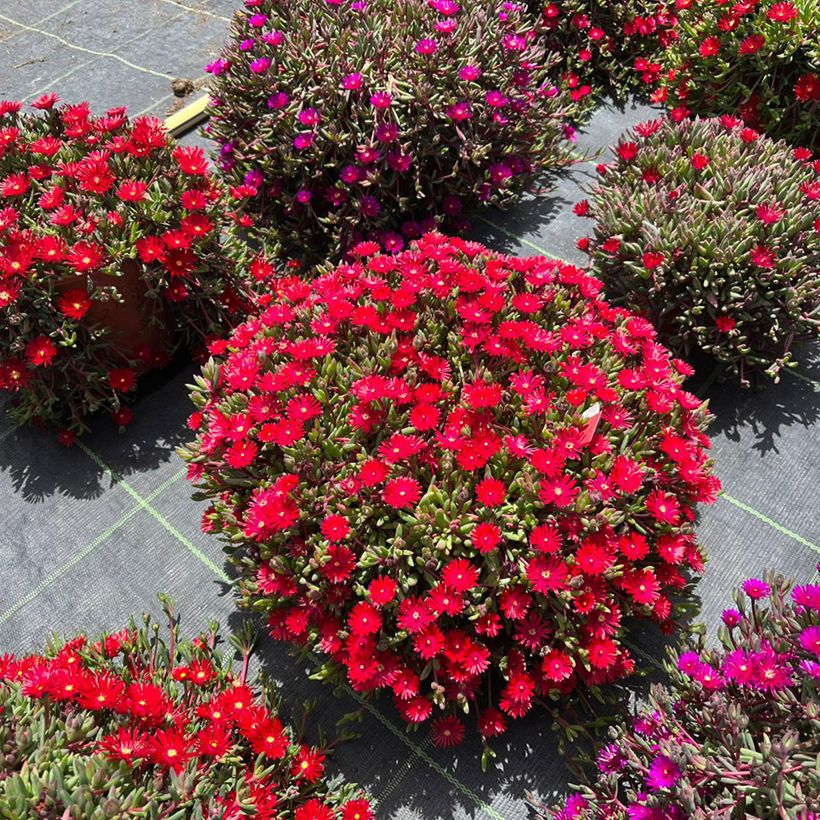

Flowering
Foliage
Plant habit
Botanical data
Delosperma
Desert Dancers Red ('FSDD2112'PBR) EU 20240126
Aizoaceae
Ice Plant, Trailing Ice Plant
Cultivar or hybrid
Other Delosperma
View all →Planting and care
Delosperma Desert Dancers Red should be planted in the spring or autumn in well-drained, dry, even rocky soil. It thrives on walls, rockeries, and well-exposed slopes. If your region experiences frost below -10 °C, it is preferable to plant it in a pot or container. This way, you can protect it during winter if necessary.
A sunny and warm location is essential for it to feel comfortable and bloom abundantly. Some watering during prolonged droughts will be appreciated. You can remove faded flowers to encourage new blooms. Dividing the stump may be necessary after a few years, depending on its location.
Make sure it doesn't get covered in dead leaves from nearby trees if they are likely to rot. Similarly, it doesn't appreciate having its feet in stagnant water.
Planting period
Intended location
Care
-
, onOrder confirmed
Reply from on Promesse de fleurs
Similar products
Haven't found what you were looking for?
Hardiness is the lowest winter temperature a plant can endure without suffering serious damage or even dying. However, hardiness is affected by location (a sheltered area, such as a patio), protection (winter cover) and soil type (hardiness is improved by well-drained soil).

Photo Sharing Terms & Conditions
In order to encourage gardeners to interact and share their experiences, Promesse de fleurs offers various media enabling content to be uploaded onto its Site - in particular via the ‘Photo sharing’ module.
The User agrees to refrain from:
- Posting any content that is illegal, prejudicial, insulting, racist, inciteful to hatred, revisionist, contrary to public decency, that infringes on privacy or on the privacy rights of third parties, in particular the publicity rights of persons and goods, intellectual property rights, or the right to privacy.
- Submitting content on behalf of a third party;
- Impersonate the identity of a third party and/or publish any personal information about a third party;
In general, the User undertakes to refrain from any unethical behaviour.
All Content (in particular text, comments, files, images, photos, videos, creative works, etc.), which may be subject to property or intellectual property rights, image or other private rights, shall remain the property of the User, subject to the limited rights granted by the terms of the licence granted by Promesse de fleurs as stated below. Users are at liberty to publish or not to publish such Content on the Site, notably via the ‘Photo Sharing’ facility, and accept that this Content shall be made public and freely accessible, notably on the Internet.
Users further acknowledge, undertake to have ,and guarantee that they hold all necessary rights and permissions to publish such material on the Site, in particular with regard to the legislation in force pertaining to any privacy, property, intellectual property, image, or contractual rights, or rights of any other nature. By publishing such Content on the Site, Users acknowledge accepting full liability as publishers of the Content within the meaning of the law, and grant Promesse de fleurs, free of charge, an inclusive, worldwide licence for the said Content for the entire duration of its publication, including all reproduction, representation, up/downloading, displaying, performing, transmission, and storage rights.
Users also grant permission for their name to be linked to the Content and accept that this link may not always be made available.
By engaging in posting material, Users consent to their Content becoming automatically accessible on the Internet, in particular on other sites and/or blogs and/or web pages of the Promesse de fleurs site, including in particular social pages and the Promesse de fleurs catalogue.
Users may secure the removal of entrusted content free of charge by issuing a simple request via our contact form.
The flowering period indicated on our website applies to countries and regions located in USDA zone 8 (France, the United Kingdom, Ireland, the Netherlands, etc.)
It will vary according to where you live:
- In zones 9 to 10 (Italy, Spain, Greece, etc.), flowering will occur about 2 to 4 weeks earlier.
- In zones 6 to 7 (Germany, Poland, Slovenia, and lower mountainous regions), flowering will be delayed by 2 to 3 weeks.
- In zone 5 (Central Europe, Scandinavia), blooming will be delayed by 3 to 5 weeks.
In temperate climates, pruning of spring-flowering shrubs (forsythia, spireas, etc.) should be done just after flowering.
Pruning of summer-flowering shrubs (Indian Lilac, Perovskia, etc.) can be done in winter or spring.
In cold regions as well as with frost-sensitive plants, avoid pruning too early when severe frosts may still occur.
The planting period indicated on our website applies to countries and regions located in USDA zone 8 (France, United Kingdom, Ireland, Netherlands).
It will vary according to where you live:
- In Mediterranean zones (Marseille, Madrid, Milan, etc.), autumn and winter are the best planting periods.
- In continental zones (Strasbourg, Munich, Vienna, etc.), delay planting by 2 to 3 weeks in spring and bring it forward by 2 to 4 weeks in autumn.
- In mountainous regions (the Alps, Pyrenees, Carpathians, etc.), it is best to plant in late spring (May-June) or late summer (August-September).
The harvesting period indicated on our website applies to countries and regions in USDA zone 8 (France, England, Ireland, the Netherlands).
In colder areas (Scandinavia, Poland, Austria...) fruit and vegetable harvests are likely to be delayed by 3-4 weeks.
In warmer areas (Italy, Spain, Greece, etc.), harvesting will probably take place earlier, depending on weather conditions.
The sowing periods indicated on our website apply to countries and regions within USDA Zone 8 (France, UK, Ireland, Netherlands).
In colder areas (Scandinavia, Poland, Austria...), delay any outdoor sowing by 3-4 weeks, or sow under glass.
In warmer climes (Italy, Spain, Greece, etc.), bring outdoor sowing forward by a few weeks.






























